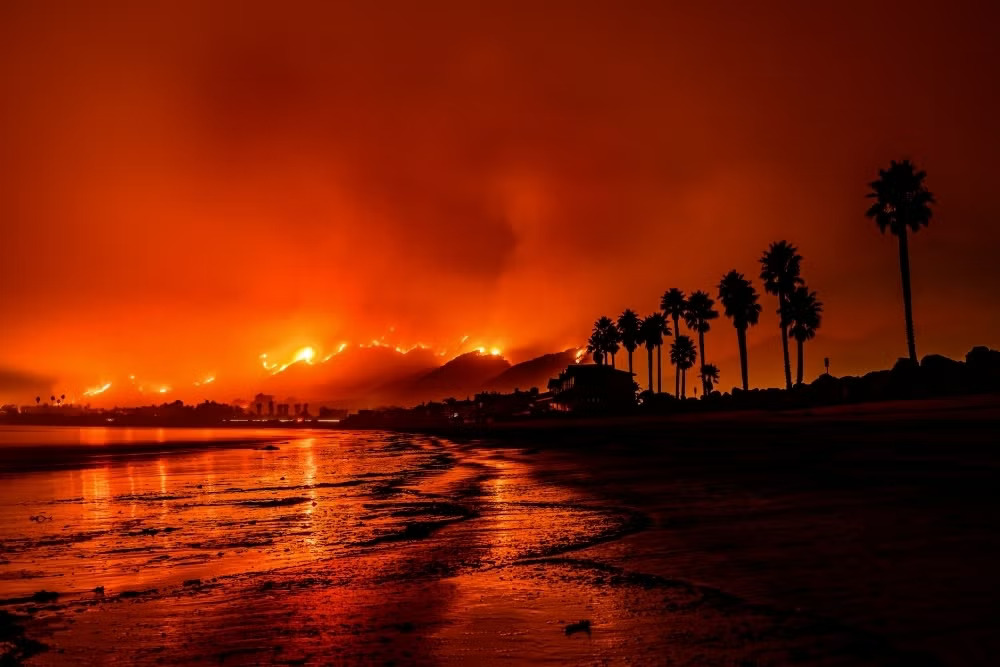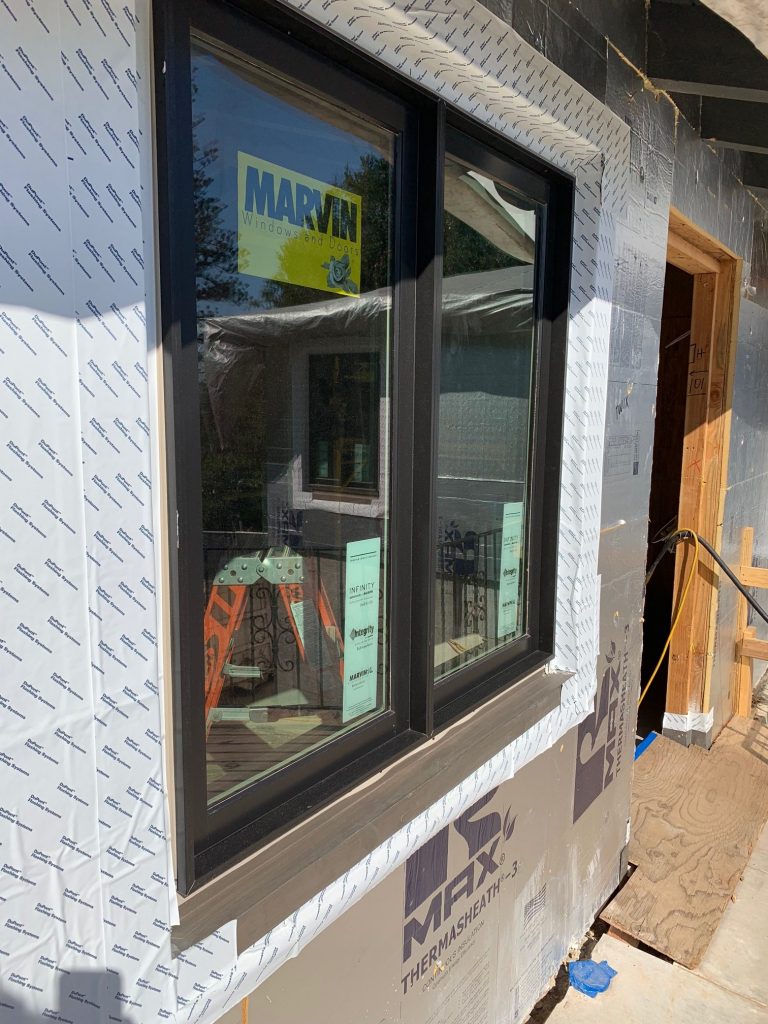June 15, 2025

This is the time of year when our firefighters become extra-vigilant as warmer, dryer days and nights stoke the potential of wildfire, Santa Barbara’s most common natural disaster. On June 2, Santa Barbara County Fire Department — in coordination with local, state and federal agencies — announced the beginning of this year’s “high fire season.”
With the declaration, County Fire has suspended all residential burn permits and increased response deployment. The department has also detailed a host of proactive safety measures that residents can perform on their properties to help mitigate disaster, including maintaining “defensible space” safety buffers around their homes and outbuildings by removing or thinning vegetation and other combustible materials. Safety agencies also highly recommend “home hardening” against flying embers that can sneak through vents into attics, crawlspaces, eaves and even under doors.
The best measure against embers is to eliminate vents altogether by building sealed, insulated and conditioned attics and crawlspaces.
“There’s substantial technique involved in constructing these spaces so they don’t create rot, so make sure your builder understands the science of building them,” says now-retired Giffin & Crane cofounder Bruce Giffin. “Additionally, if you’re going to have exposed wood on the exterior of your home, there are a couple of options to reduce the chances of it catching fire. If it’s new wood, you can order it from the lumber yard to be treated with a fire-resistant chemical. If it’s existing wood, intumescent paint can be applied.”
Builders can also make homes more heat-resistant by insulating every wall, including spaces that don’t call for it, including outside covered patios, stucco columns, and parapet walls.
“Every wood wall, every ceiling — whether inside or out — and every wood cavity should get insulation to reduce the transfer of heat,” Giffin recommends. “The next-best thing to do during new construction or an extensive remodel is to apply a layer of one-inch-thick, foil-faced radiant insulation over all of your plywood wall sheathing before the exterior of your home is stuccoed. This will add insulation value to your walls and — more importantly — reflect heat away as wildfire closes in.”

Keep in mind that even with defensible space and above-and-beyond home hardening, wildfires can be unpredictable. Our emergency professionals urge us all to sign up for emergency alerts — at readysbc.org — and to never hesitate to get out of harm’s way.
For more information on defensible space, home hardening, and other emergency prep, visit sbcfire.com/ready-set-go/

